How to Get Rid of Black Spots on Silicone
Molds are the most repulsive elements you can see in a bathroom. Mold spores can be found all around the house, but they thrive and multiply in a warm and moist environment, like your shower.
If they are fed and unchecked, they can spread quickly, and your once clean and spotless bathroom can be covered in black mold. They stick to the grout, and before long, they begin to grow behind it.
In this guide, we're going to show you how to get rid of black mold in your shower caulk, and not just that, we'll let you know why they are there, and how to prevent future growth.
Causes of Mold Growth on Your Shower Caulk
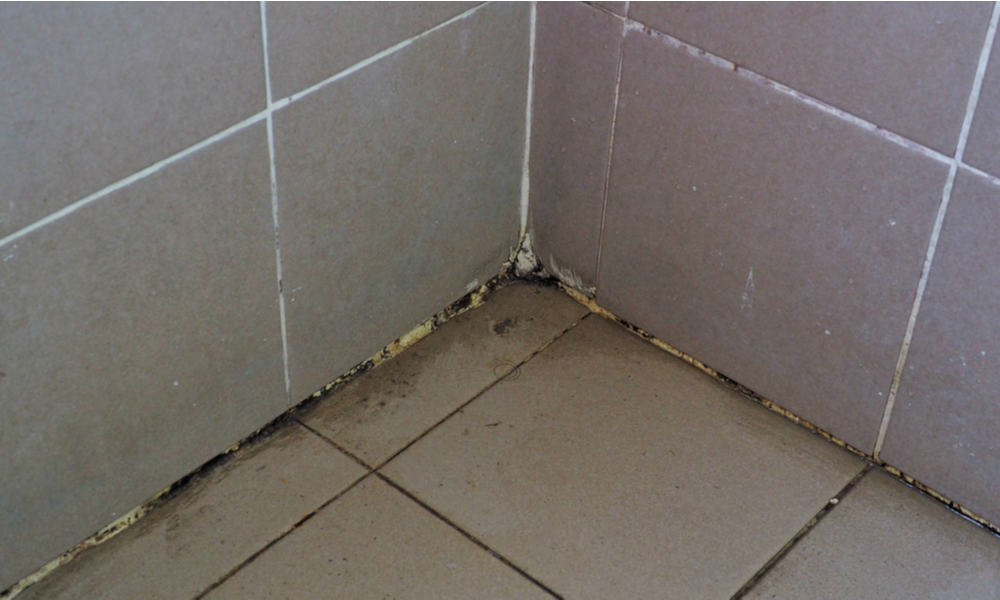
Mold spores are spread by air, and they can stay alive despite extreme conditions. Like any other organism, molds need food to grow. In this case, anything containing organic material can be food, but molds prefer cellulose above all else. They can form on paper, wood, particleboard, or drywall because of their cellulose content.
Apart from food, molds spread faster in the presence of moisture, oxygen, heat, high humidity, and low light. The reason black mold grows on your shower caulk is that your caulk often retains water and soap scum, which contains cellulose. If left untended for a few weeks, black mold will begin to germinate, especially in a warm dark bathroom.
Leaks, humidifiers, condensation, wet clothes, and lack of maintenance are common causes of serious mold growths.
Health Effects of Mold Growth
Molds don't just make your shower visually annoying; they can have adverse effects on your health as well.
Modern bathroom areas are constructed with materials without cellulose so that it less likely to have toxic mold in your shower, but common black mold can still be harmful.
People with asthma, allergies, sensitivities, or weak immune systems often experience symptoms like rashes, skin irritation, sneezing, yeast infection, itchy eyes and difficulty in breathing.
These reasons – and the simple fact that they are nasty – are enough to get rid of molds in your shower caulk, and we are happy to show you how.
Tips on How to Remove Mold in Shower Caulk
You can't always replace your caulk; it's the mold that has to go! If mold has become an eyesore, use some of our tips below to clean your shower caulk. Follow all instructions for each cleaning method for your safety.
1. Spray Ammonia
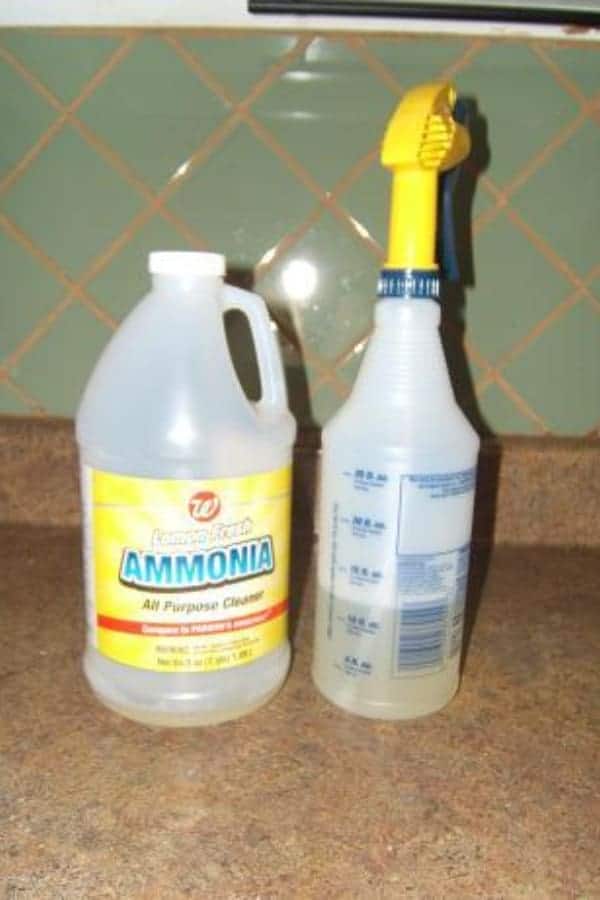
You shouldn't breathe in ammonia, so if you have a shower door or window, open them as wide as possible. Your shower might not be the largest of rooms in the house, so we anticipate that there is limited airflow.
If available, use a fan to circulate the air out. You should also wear a respirator that can absorb ammonia fumes as opposed to common face masks that cannot. You can find respirators in your local hardware store, or you can buy one online. If you can't buy one, we strongly recommend you try other methods in this guide.
Mix one part ammonia with one part water in a small container in an aerated environment. Pour the solution into a spray bottle using a funnel. Spray the ammonia evenly on the shower caulk. Spray more if you notice more mold growth than usual, especially in the corners. Leave the shower to get some fresh air and return in ten minutes with a small brush.
Scrub the caulk till you see changes; the mold should be coming right out. Dry the caulk with a cloth to examine your work closer. If you missed some mold, repeat the process and take another break. Your caulk should be cleaned but the mold might not be all gone. If it returns after a short while, it must have hidden under your caulk, and you need to try something else.
2. Bleach it out
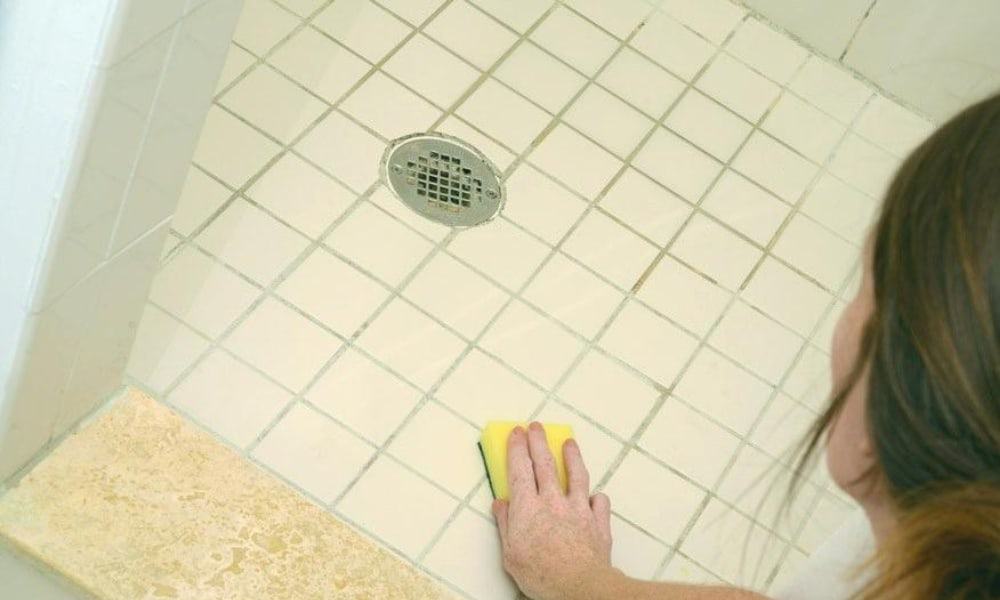
Only use chlorinated bleach if you don't have access to ammonia, or you prefer using bleach. If you have used ammonia there is no need to try bleach as ammonia is fairly stronger.
However, you should never mix bleach and ammonia. Any contact between these two liquids releases a toxic fume that should not be inhaled, so only use one or the other.
Start by ventilating the shower and bathroom and then dust the shower area to avoid creating mud. Get your shower chair or other accessories out of the way as well. Mix one part of bleach into one gallon of water and stir for a while. There are three ways to apply bleach onto caulk.
-
Sponge
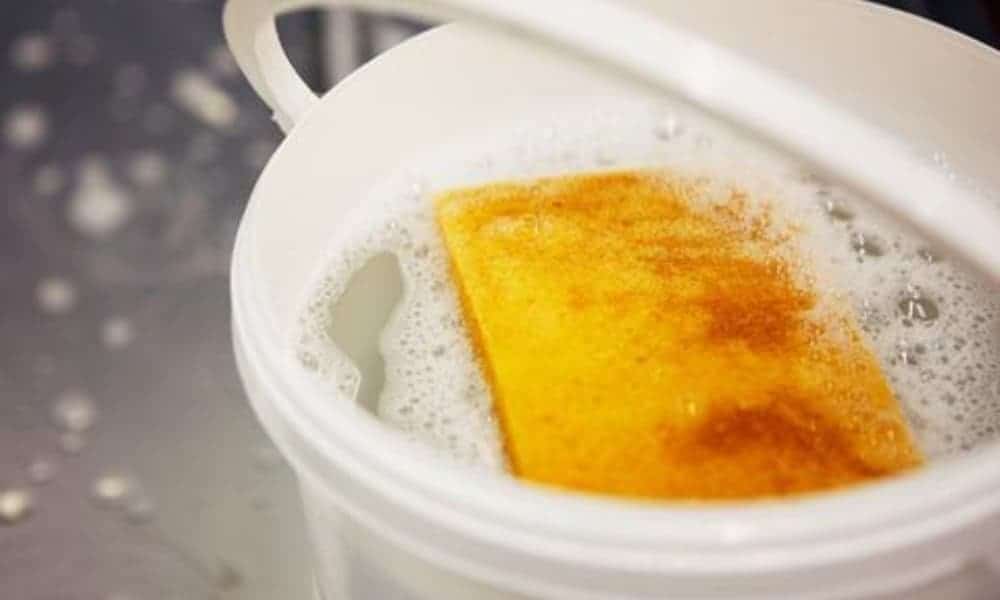
This works best for smaller mold growths. Soak a sponge in the solution, squeeze it out, and scrub the caulk with it gently.
-
Spray Bottle
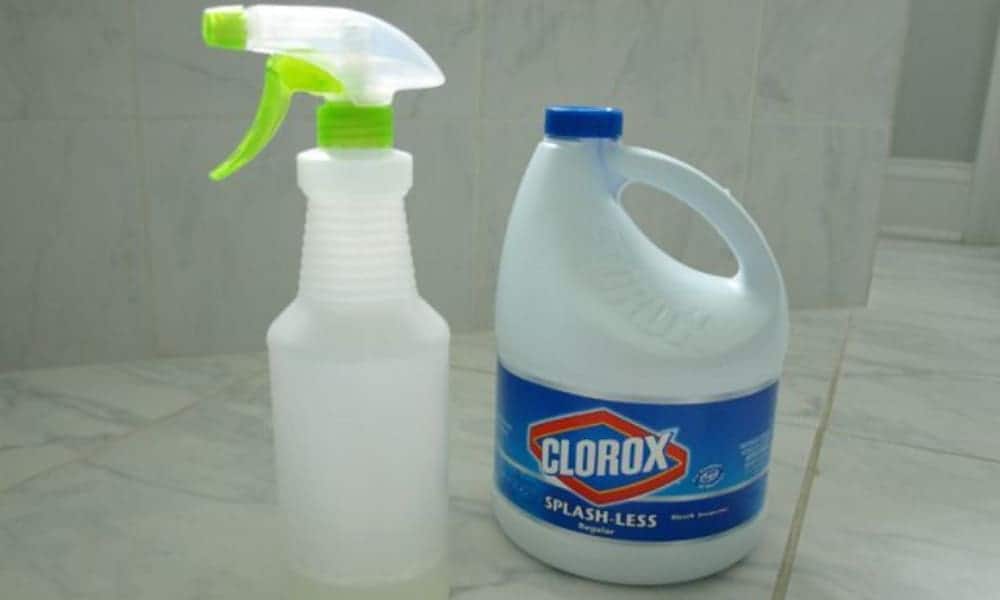
If the sponge doesn't get the job done, pour the solution into a spray bottle, and spray the caulk. Wait for 20 minutes, and then use water to rinse it off. If you used sponge earlier, you could wipe the caulk with the sponge.
-
Cotton Coils
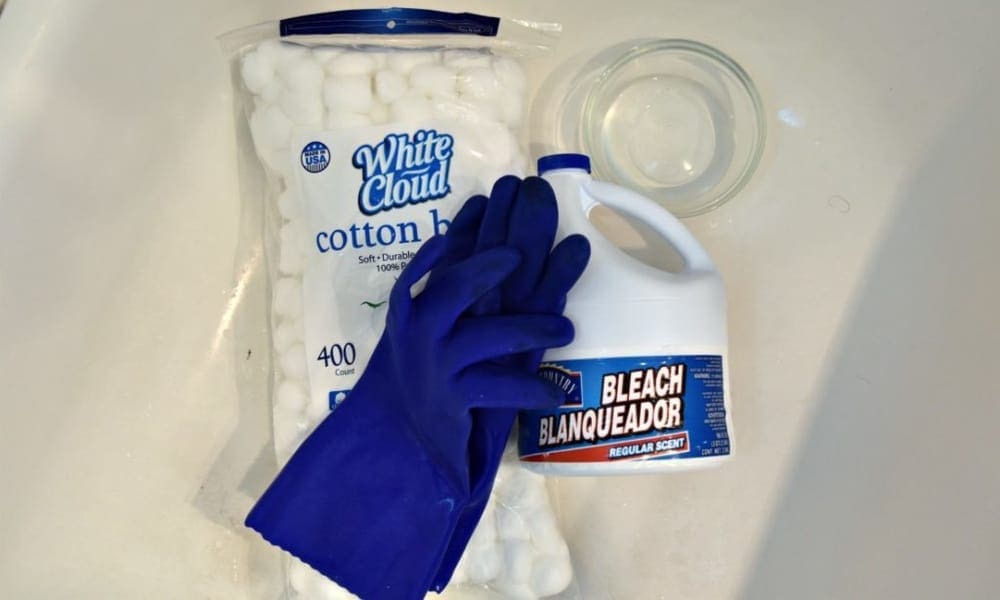
If the mold proves to be stubborn, you may need to get the solution into the roots of the caulk with cotton coils. Like the sponges, soak them into the solution but do not squeeze it. Simply place them side by side along the caulk and try to get them into the holes with a pointed object. Leave them in place overnight. In the morning, remove them and scrub the caulk with a sponge.
You can spray the solution one more time, let it sit for 5 minutes, rinse it, and then wipe the caul dry with a paper towel or a rag.
3. Vinegar
Vinegar doesn't just remove the fungi from your caulk; it kills it as well. Common vinegar works better than other varieties, and it can kill almost all species of mold there is. If the vinegar smells too strong for you, dilute it with water, but you will need more of the diluted solution to do the work. Killing mold with vinegar couldn't be simpler:
- Spray the vinegar on the affected area
- Leave the room for about one hour
- Scrub the caulk with a brush or wipe it down with a sponge.
- Rinse the caulk and shower with water.
4. Baking Soda
Baking soda does not kill mold, but it can remove moisture from the caulk, which prevents further mold growth. There are two ways to use baking soda to clean caulk:
-
Solution
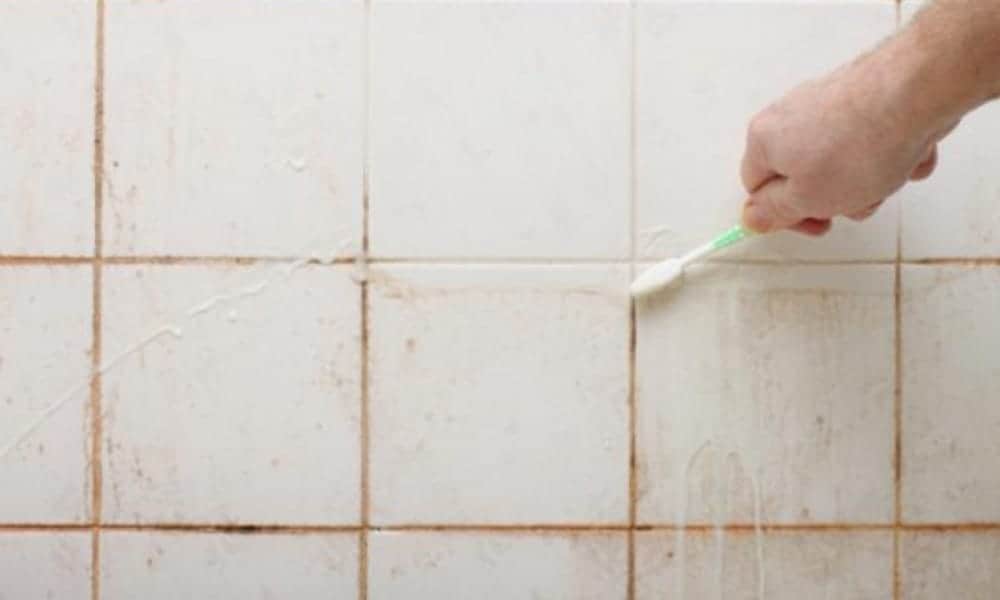
Add about a quarter tablespoon of baking into your spray bottle and shake it thoroughly till it dissolves. Spray the sealant and scrub it as you spray. After scrubbing, rinse the caulk with water. Finally, spray the solution again, but don't rinse it this time. Let it dry on the caulk to prevent future molding.
-
Paste

Add little water to baking soda till it forms a thick paste. Spread the paste on the caulk and leave it there for twenty minutes. Using a scrub and some effort, scrub out the mold until it disappears.
Some people believe that using vinegar to form your paste instead of water makes for a stronger cleaner. However, there is a high possibility that the chemicals in the two products cancel out and you are left with salty water.
5. Hydrogen Peroxide
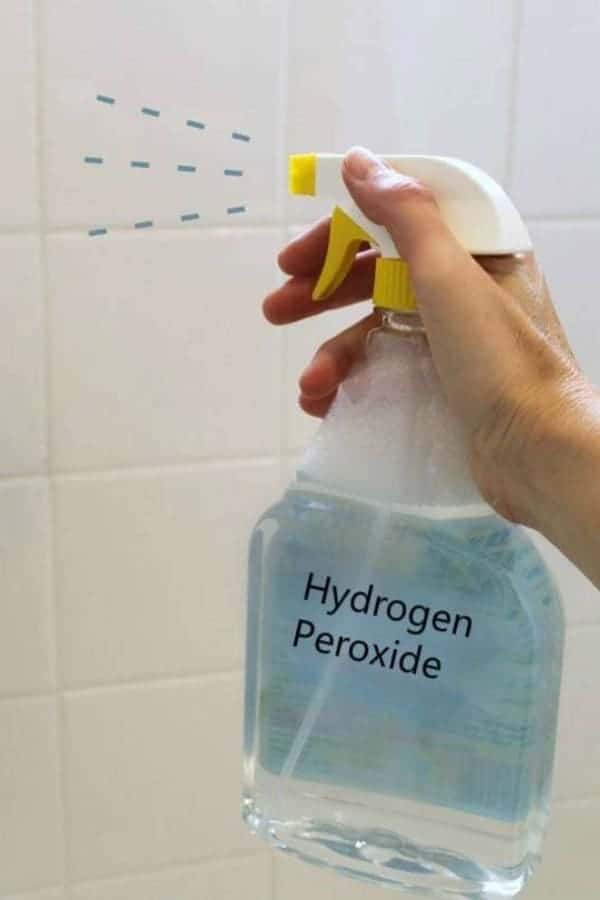
Hydrogen peroxide is another green way to get rid of mold in your shower caulk. We recommend hydrogen peroxide with a concentration of 3%. Use a spray bottle to spread the peroxide on the caulk till it is soaked. Let it sit for about 10 minutes before scrubbing it with a brush or sponge. Dry the area with a cloth or paper towel when done.
6. Borax
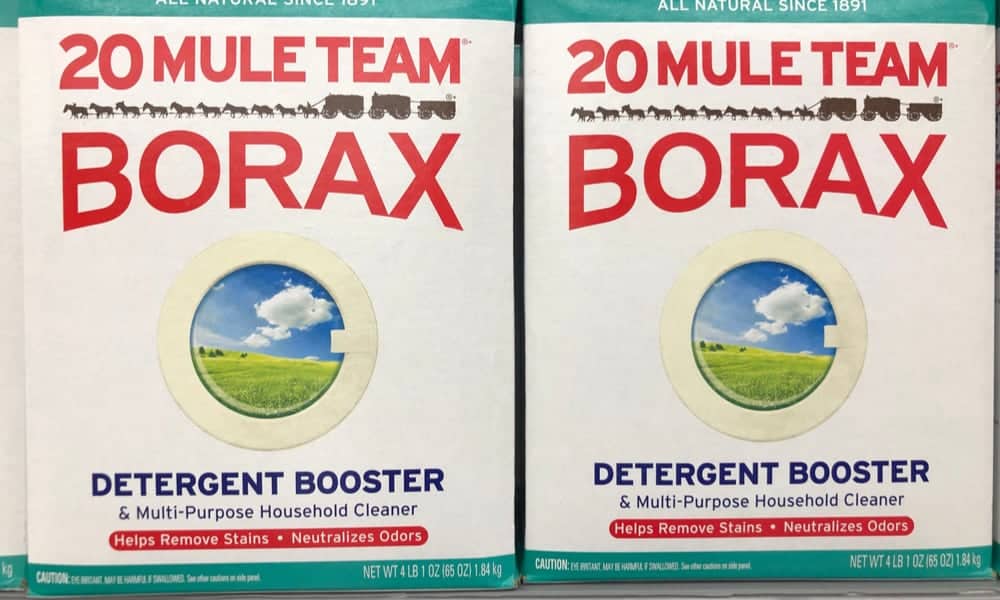
Borax has been used to clean for decades, and it can help with your mold problem. Simply add one part borax to ten part water and spray the solution onto the caulk like in most other methods. Scrub and dry it to reveal your clean shower caulk.
7. Replace the Caulk
If the caulk doesn't respond to cleaning, you may have to replace it totally to restore your shower aesthetics. Buy a caulk gun and a shower–appropriate caulk for tubs and tiles that is waterproof.
Silicone caulks are more durable than latex caulk although they are easier to use. Apply a caulk remover gel for about 20 minutes to soften the caulk. Use a utility knife to scrape off the old caulk.
Place some tape over the edges of the tiles such that only the caulk is exposed. Cut the tip of the caulk nozzle to be as wide as the exposed space for the new caulk.
Apply the caulk along the caulk and remove excess caulk by dipping your hand in water and running it along the caulk line. Remove the tapes gently while the new caulk is still damp.
Conclusion
There isn't much to removing mold from your shower caulk. If you're using bleach, make sure you read the warning on the label before you start. Spray a bottle of vinegar all around your shower after a bath to keep mold growth in check.
If you have any questions or comments on this topic, we encourage you to drop them in the comments below. Cheers!
How to Get Rid of Black Spots on Silicone
Source: https://www.sunrisespecialty.com/how-to-get-rid-of-mold-in-shower-caulk